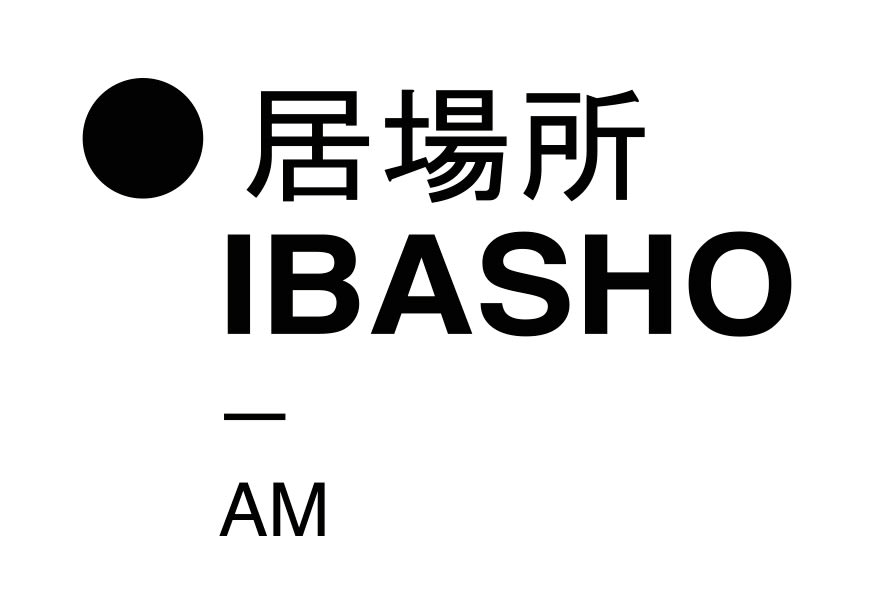IBASHO is proud to present the second solo-exhibition at the gallery of the Japanese artist Hideyuki Ishibashi, ‘Imprint of Time’. With this exhibition Ishibashi, who lives and works in France, invites you to join him on his continuing exploration into the origins of photography.
Ishibashi's work is deeply rooted in the Great Hanshin-Awaji Earthquake of 1995, which he witnessed at age 9. What was there yesterday had disappeared very suddenly:
"I saw such an unrealistic scene, and even at a young age, I felt the smallness of human beings and the power of nature. The fragmentary images that remain from that time have been indirectly involved in my creation to date, sometimes as dreams, and sometimes as the base of collages. By connecting these fragments between reality and fiction, I hope to question the photographic image itself and the act of looking.
Ishibashi explores our bond with nature via human-made landscapes like agricultural school forests, historic parks, and French coal slag heaps.
In an era where AI and NFTs have diluted our engagement with the physical and the visual, Ishibashi seeks the fundamental in the interplay of time, materials, photography, and imagery.
Ishibashi innovates in his printing techniques, using nature itself by crafting photographic paper and inks from plants in the landscapes he captures, as seen in his 'Fossil' and 'Chromophore' series.
In 'Trails,' inspired by Monet's 'Rouen Cathedrals,' Ishibashi captures the Bois Parisien and Six Muids forests in numerous shots taken across various days, weathers, and times, then blends them digitally.
This approach yields soft-hued, impressionistic landscapes that reflect the forests' seven-day journey in light and color.
In his series ‘Atlas’ he confronts the viewer with the paradox of the first photographic images, before the discovery of the fixated image, where sunlight caused both the appearance and disappearance, and where brevity produced in return mental images and memories in the viewer.
"As I think about my own culture, which has always been threatened by natural disasters but has been seeking a form of coexistence with nature, I reflect on my own identity. Gradually, what was once too ordinary to see becomes visible…"


